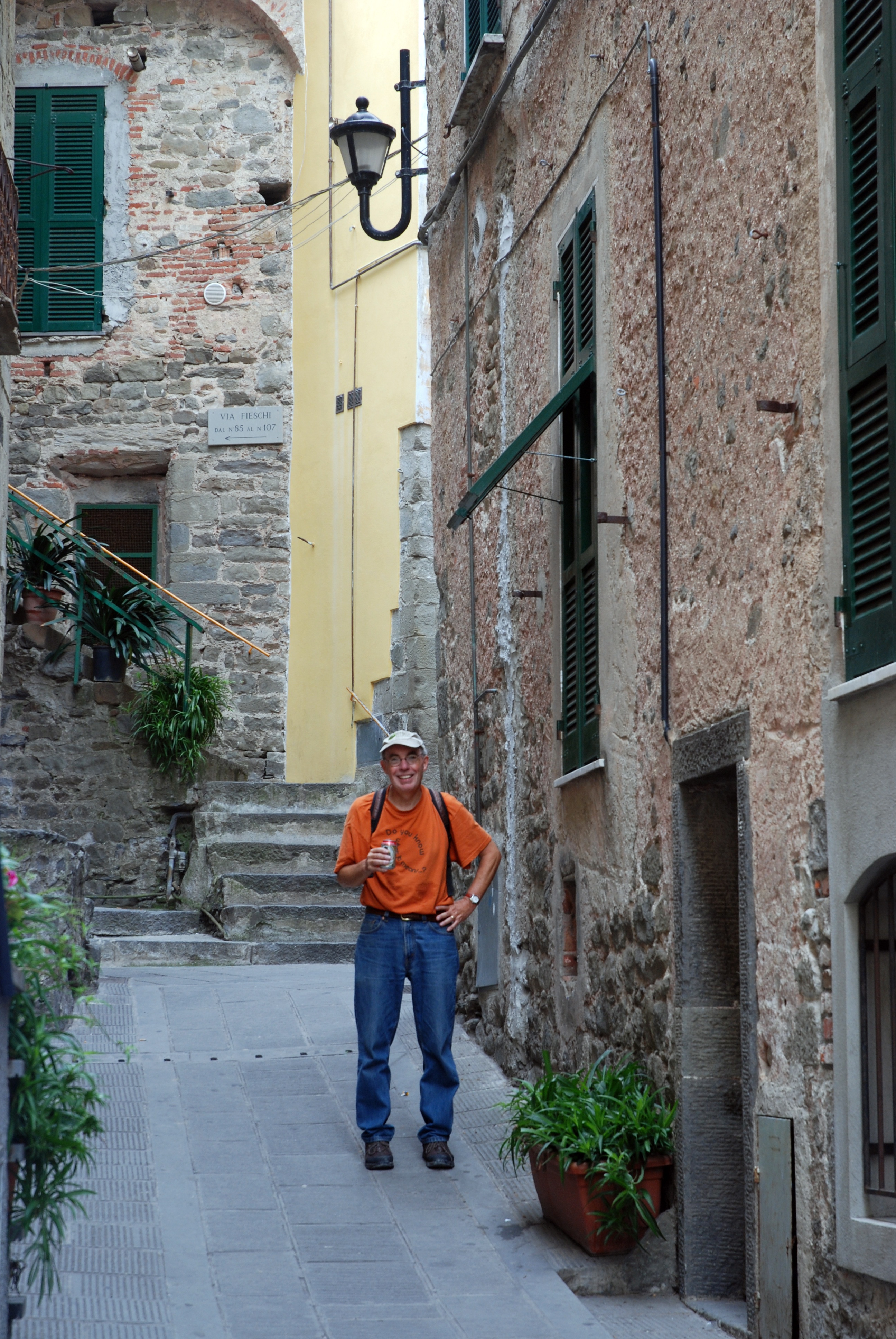We are in the midst of a Year of Eating and Drinking Local. If it were going to result in a book—though it won’t—we might call it “If it’s a blueberry ale, this must be Maine” or “If it tastes sour and salty, this must be Leipzig.”
Does any old beer brewed “in town” qualify as local? Can you still be a local brewery if ship your beer across the country?

Our family adventure will, in fact, last more than a year, and it wasn’t planned around food and drink. Even if it were, most days the diary entry wouldn’t be about beer. One example: the expansive produce market that occurs daily in Split, Croatia, as impressive a scene as any Czech beer hall. We bought fabulous bread, fresh vegetables and brandy aged on walnut shells (How strong? “Strong!” said the man who made and sold it in a one-liter screw-top bottle for 50 kuna).
My wife, Daria Labinsky, our daughter, Sierra, and I left our New Mexico home last May, first heading to Alaska and eventually to Cape Breton in Nova Scotia. As I file this from Bamberg, Germany, in mid-December, we’re quite near the end of 15 weeks in Europe. By the time we return to New Mexico in August we will have visited 17 countries, nine Canadian provinces and territories, 49 states and Washington, DC (Before you ask—you can’t drive to Hawaii).
Why the interest in eating and drinking local? Beyond the obvious pleasures, and a sense that local is somehow better, there’s little that reveals more about regional culture. To understand how Italians feel about food, you shouldn’t eat in a restaurant near Rome’s Coliseum. Head instead to a small town to the south and visit a pizzeria where pizza arrives as the fourth course of a feast, coming directly after buffalo mozzarella oozing with milk.
And to appreciate the magic of New Glarus Brewing beers in Wisconsin, stop at the first gas station after you enter the state and discover that six-packs of Spotted Cow and Fat Squirrel are cold and ready to go. Or head to the town of New Glarus itself and Roy’s Market, which has a large sign out front declaring Roy’s “Proudly Serves All New Glarus Co. Brewing Products, Only Available in Wisconsin.”
The New Glarus local success story has been repeated enough, but basically Dan and Deb Carey started their brewery in a space designed to produce 8,000 barrels a year. Fifteen years later, after squeezing 65,000 barrels out of that facility in 2007, New Glarus moved into a brand-spanking-new, $21 million brewery that sits on a hilltop overlooking the town. Without selling a drop of beer beyond the borders of Wisconsin.
Spotted Cow serves as a perfect representative of the brewery not only because it accounts for half its sales. Dan Carey created the beer first for himself, after wondering what Wisconsin farmhouse beers would have tasted like in the 19th century. He uses indigenous ingredients such as corn, includes a bit of unmalted barley grown on land the brewery owns, and leaves the beer unfiltered. It’s designed to be consumed ice cold and tastes like, well, Wisconsin.
How Does “Local” Taste?
Local can be complicated. I seem to find questions more easily than answers. Does any old beer brewed “in town” qualify as local? Do we think more highly of local beers because they are “green,” because they are fresher, because breweries are locally owned and the profits stay in town, because they use local ingredients? Can you still be a local brewery if ship your beer across the country?
A conversation early on with Alaskan Brewing co-founders Geoff and Marcy Larson provided the first answer. Alaskans love Alaskan Brewing. Neon signs brighten most bar windows. Souvenir shops that cater to cruise ships prominently display Alaskan t-shirts. Locals wear Alaskan sweatshirts.
But Alaskan Brewing sells 70 percent of what it brews outside of Alaska. Big state; not a lot of people. So I felt a wave of paranoia sweep over me when Marcy asked, “Should we be selling our beers down south?” (Down south being Alaskan for the lower 48 states.) I knew she wasn’t seeking my approval; this was a question about the integrity of their beer far from home, but still I gulped.
I thought about her question during the next several days, when we hiked to an overlook above the Mendenhall Glacier and when I was negotiating “frost heave” along the Alaskan Highway. I realized that Alaskan beers could only come from Alaska, and not just the ones using local ingredients. The tension between man and wilderness you feel everywhere is also part of the balance in each beer.
So now there’s at least one thing I’m sure of. Local beer comes from a particular place, and local beer tastes of that place.









